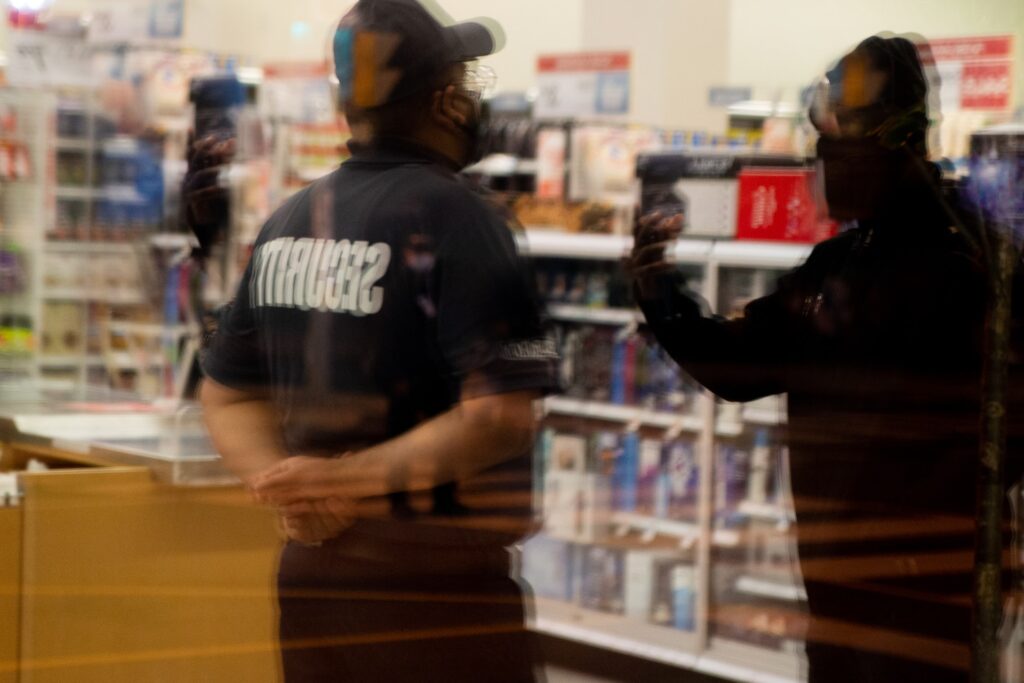When inflation rises, incidents of theft and crime almost always rise along with it. Many large retailers have recently reported theft as a primary source of revenue loss and are actively seeking solutions. Whether it’s shoplifting, employee theft, or organized retail crime, the financial damages can have a severe impact on a store’s profitability. However, with the advent of advanced technologies and data analytics, the implementation of automated test and learn has emerged as a powerful tool to combat theft in stores.
Test and learn is a systematic approach that involves conducting controlled experiments to gain insights and optimize business processes. It revolves around the idea of making data-driven decisions by testing various hypotheses and analyzing the outcomes. By deploying this methodology to tackle theft in retail stores, owners and managers can proactively identify vulnerabilities, evaluate the effectiveness of existing security measures, and implement targeted solutions.

How test and learn can mitigate theft in stores
- Identifying High-Risk Areas:
By employing test and learn, retail stores can gather data to identify high-risk areas within their premises. This could involve testing different store layouts, product placements, or even monitoring customer behavior using video analytics. By tracking and analyzing patterns, store owners can identify vulnerable spots that are more prone to theft and subsequently develop targeted anti-theft strategies for those areas. - Testing and Enhancing Security Systems:
Test and learn can be instrumental in assessing and enhancing security systems in stores. Retailers can experiment with different technologies such as surveillance cameras, electronic article surveillance (EAS) systems, RFID tags, and alarm systems to evaluate their effectiveness in preventing theft. By analyzing the data and outcomes, businesses can identify the most suitable solutions and invest in robust security measures accordingly. - Employee Training and Monitoring:
Employee theft is a significant concern for many retailers. Test and learn can be utilized to evaluate the impact of employee training programs on reducing theft incidents. By conducting controlled experiments, businesses can assess the effectiveness of different training modules, identify knowledge gaps, and optimize their training programs accordingly. Additionally, data-driven monitoring systems can be deployed to identify irregularities or suspicious behavior among employees, helping to deter theft from within. - Innovating with Technology:
Emerging technologies such as artificial intelligence (AI) and machine learning (ML) offer exciting opportunities to combat theft. Retailers can leverage test and learn methodologies to experiment with AI-powered video analytics, facial recognition systems, and predictive algorithms to detect and prevent theft in real-time. By continually refining and optimizing these technologies based on test results, stores can stay ahead of evolving theft techniques and minimize losses. - Collaboration and Information Sharing:
Test and learn can also facilitate collaboration and information sharing among retailers. By partnering with industry associations, law enforcement agencies, and other stakeholders, stores can share anonymized data and insights to collectively combat theft. This collaborative approach enables the identification of broader theft trends, the development of preventive measures, and the dissemination of best practices throughout the industry.
Testing use cases for reducing theft in stores
Theft poses a significant threat to the profitability and sustainability of retail businesses. By embracing the test and learn approach, retailers can leverage the power of data and experimentation to develop targeted anti-theft strategies. MarketDial is on the forefront of verifying the efficacy of retailers’ anti-theft measures. One retailer tested to learn if adding parking security systems and extra lights would increase sales. While the lift was marginal, they did see an increase. Another tested to see if adding locks to cabinets would impact purchases, and they found a double-digit decline in revenue.
Whether it’s identifying high-risk areas, enhancing security systems, training employees, or adopting innovative technologies, test and learn methodologies empower retailers to make informed decisions that enhance store security and reduce theft incidents. With a continuous focus on refining and optimizing these measures, businesses can protect their assets, improve customer experience, and ultimately thrive in the face of security challenges.
To learn more how a test and learn strategy can support your organization, check out these articles:
The surprising power of a testable hypothesis
The 3 key questions to ask after every in-store test
Key drivers for developing into a mature testing organization




